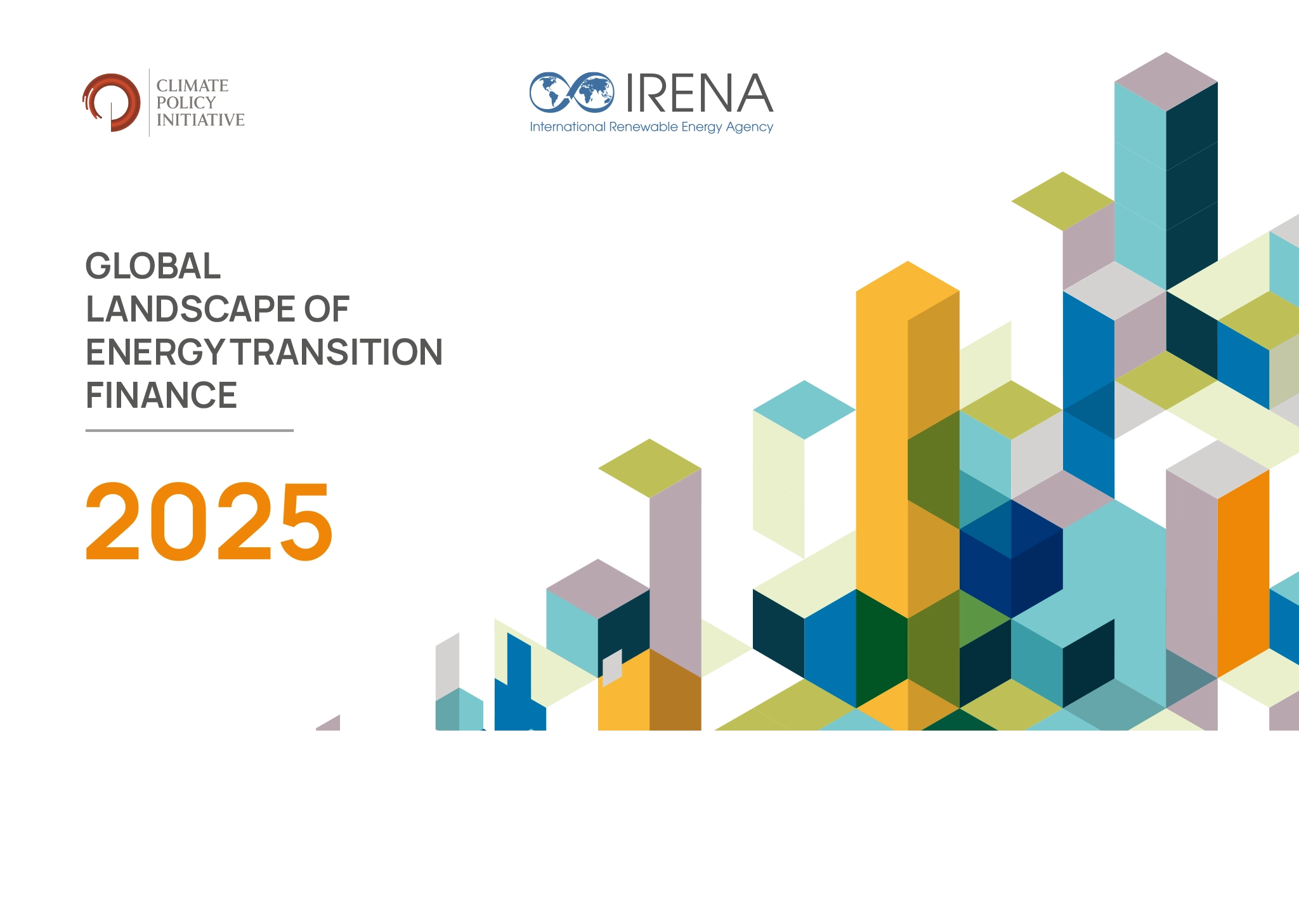Global investment in the energy transition soared to USD 2.4 trillion in 2024, setting a new record, according to a joint report by the International Renewable Energy Agency (IRENA) and the Climate Policy Initiative (CPI). Of this amount, USD 807 billion—about one-third—went into renewable energy projects, marking a major milestone but also signaling a slowdown in growth.
The report, “Global Landscape of Energy Transition Finance 2025”, was released ahead of COP30 in Belém, Brazil, and tracks financial flows into renewable technologies, grids, and supply chains. It found that while total investments are climbing, the pace of new renewable spending fell from 32 percent in 2023 to just 7.3 percent in 2024.
Most of the money—96 percent—went to the power sector, with solar PV attracting the largest share at USD 554 billion, up nearly 50 percent from the previous year. Renewable power, battery storage, and grid investments together outpaced global spending on fossil fuels for the first time. Yet, nine out of every ten dollars still went to advanced economies and China, leaving developing countries struggling to attract capital.
“Funding for renewables keeps rising but remains concentrated in the richest nations,” said Francesco La Camera, IRENA’s Director-General. “To make the global transition inclusive, we must scale up investment in emerging and developing countries. Smarter use of public funds can help unlock private finance, but where private capital won’t flow, governments must take the lead.”
The report also warned that heavy reliance on market-based debt and equity could strain poorer countries already facing high borrowing costs and limited fiscal space. Grants accounted for less than one percent of total investment in 2024—a gap, IRENA said, that must be closed through better risk-sharing and international cooperation.
Energy transition manufacturing also remained uneven. China accounted for 80 percent of all factory investments for solar, wind, battery, and hydrogen technologies between 2018 and 2024. Global manufacturing investment fell by 21 percent last year, mostly due to reduced spending in solar PV production, though battery plant investment nearly doubled to USD 74 billion, driven by rising demand for storage and electric vehicles.
IRENA called for policies that promote fair, sustainable production and stronger foreign investment partnerships to expand the socio-economic benefits of the clean energy transition to developing economies—especially through South-South cooperation and technology sharing.

